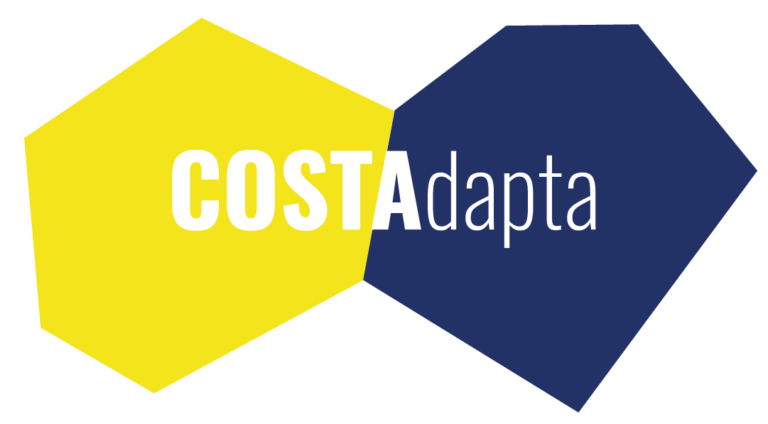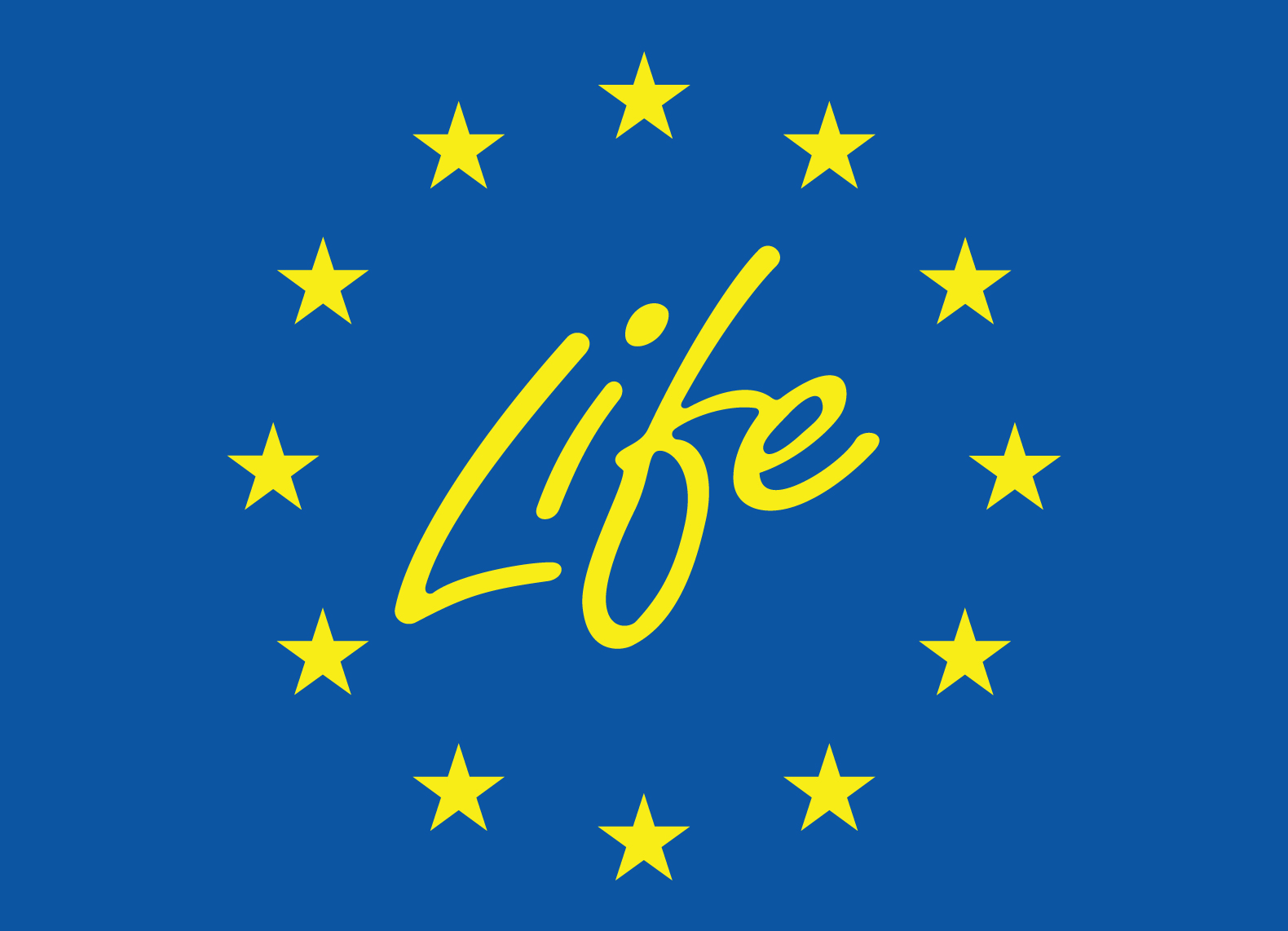- Today is World Seagrass Day to raise awareness and promote action to conserve seagrasses in order to contribute to their health and development.
- LIFE COSTAdapta advocates for the protection of seagrasses and their contribution to sustainable development and adaptation to climate change.
Brussels, 1 March 2024. Did you know that seagrasses are one of the most important coastal habitats for coping with the impacts of climate change? Today, 1 March, marks World Seagrass Day, an ecosystem that functions as a highly efficient carbon sink, storing up to 18% of the world’s ocean carbon, according to the United Nations. This action is fundamental in mitigating climate change and acidification of the oceans and seas, also contributing to the resilience of the most vulnerable ecosystems and species, such as coral reefs.
Seagrasses are found in shallow waters in many corners of the globe, from the tropics to the Arctic Circle. They form extensive seagrass meadows in which complex, highly productive and biologically rich habitats have developed. Despite covering barely 0.1% of the ocean floor, these seagrasses provide food and shelter for thousands of species of fish, seahorses and turtles, as well as improving water quality by filtering, recycling and storing nutrients and pollutants, and reducing seafood pollution. They also act as a first line of defence along coastlines by reducing wave energy, thereby protecting people from the increased risk of flooding and storms, one of the objectives promoted by the LIFE COSTAdapta project.
An endangered resource
Despite its important contribution to sustainable development and climate change mitigation and adaptation, this basic component of marine biodiversity is under threat, with only a quarter of all seagrass meadows found within marine protected areas.
Since the 1930s, seagrasses have been declining globally: 7% of this key marine habitat is being lost annually. The combination of different pressures from coastal development, pollution, climate change, dredging by ships, urban, industrial and agricultural run-off, and unregulated fishing and shipping activities are key drivers of the degradation of seagrasses and their ecosystems.
Seagrass management, conservation and restoration should be an essential component of sustainable blue economy strategies in the future. This is why the LIFE COSTAdapta project is taking the opportunity to reinforce our support for the protection of marine biodiversity, coastal adaptability to sea level rise and the environment in the face of climate change.
About LIFE COSTAdapta
The main objective of the LIFE COSTAdapta project is to address the adaptation of the coast of Gran Canaria to sea level rise by means of an innovative methodology. To this end, a progressive tidal pool-reef system will be designed and tested, combining traditional tidal pool construction techniques with advanced solutions.
This will contribute to the progressive adaptation of the Gran Canaria coast to climate change, crucial given the high vulnerability of the Canary Islands to climate impacts, including sea level rise. In addition to strengthening the resilience of coastal areas, LIFE COSTAdapta aims to conserve habitats characteristic of these areas and protect the local tourism economy. The project will ensure economic sustainability by providing solutions to flooding and maintaining the region’s tourist attraction, which in turn will support coastal stability.
The project, with a duration of 7 years and a total budget of EUR 3,409,864 (EUR 2,045,818 subsidised by the European Union through the LIFE Programme), is coordinated by the Gran Canaria Island Energy Council (CIEGC) of the Cabildo de Gran Canaria, with the support of its seven partners.


